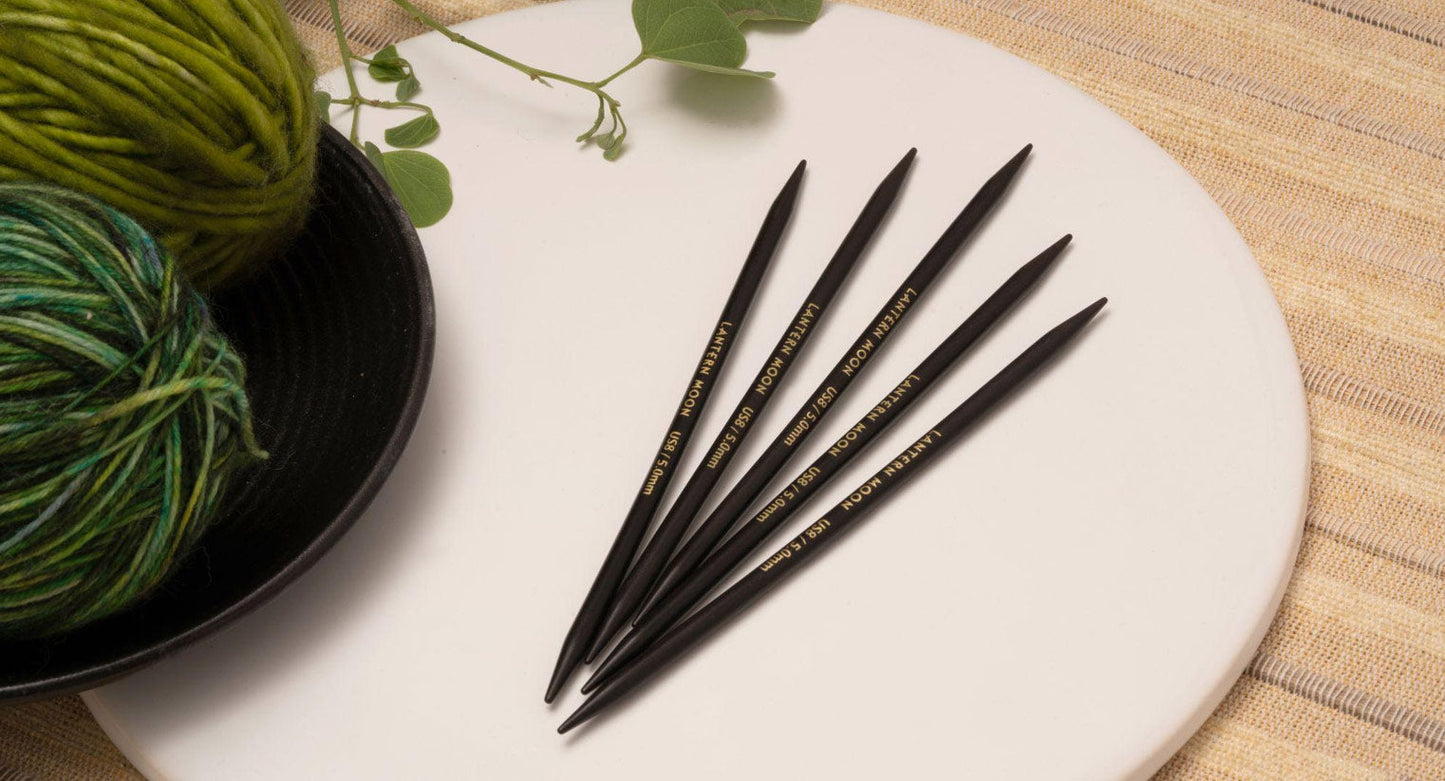
A combination of technique and creativity is what you need in knitting. Knowing how to use knitting needles for increases helps to give a perfect shape to your knitting project, whether you are making socks, a lace shawl, or a sweater. This blog explains how to add stitches to a project while still keeping the fabric even and smooth! In this blog, we'll cover five essential knitting increases that every knitter should know.
Discover Five Essential Increases
To give shape to your clothes, make lace patterns, and incorporate design elements into your work, increases are an essential component of knitting. Different kinds of increases have various functions. Selecting the appropriate increase for your project can significantly impact the quality and look of the fabric.
Let's check out the five crucial increases:
1. Knit Front and Back (KFB)
Knit front and back is the simplest and a beginner-friendly technique, which adds a stitch while giving the fabric a tiny purl bump. You can practice this method on your current project or on a swatch. Read our blog to learn how to knit and back.
How to do KFB:
- As you normally do, knit into the stitch's front loop.
- In this technique, knitting into the back loop without slipping the stitch off the needle.
- After that, remove the stitches from the knitting needles on the left.
For beginners, wooden knitting needles are a good choice to begin with because you enjoy the smooth surface that offers a comfortable grip and even maintains stitch control. KFB is frequently used to shape garments, particularly for raglan increases or at the start of sleeves.
2. Make one Increase (M1)
Make One (M1) increases are perfect for shaping clothing without changing the stitch pattern because they are almost undetectable.
How to do M1:
- Find the bar that runs horizontally between stitches.
- Raise the bar onto the needle on the left.
- To close any gaps and twist the stitch, knit into the back loop.
M1L (Make One Left) and M1R (Make One Right) are the two varieties of increases. These are especially helpful for shaping sock gussets and lace knitting. The technique ensures a seamless and even transition between needles when working with double-pointed needles, especially in projects like socks and mittens. Learn an easy knitting project with double-pointed knitting needles with our blog.
3. Yarn Over (YO)
Yarn over (YO), a crucial addition for lace knitters, produces a decorative hole in addition to a stitch. Read our blog for a beginner's guide to lace knitting.
How to do Yarn Over:
- The yarn should be brought forward between the needles.
- Over the right-hand needle, wrap the yarn.
- Knit the following stitch like you normally do.
YO increases are frequently utilized in decorative motifs and lace patterns. Lace projects are much simpler when you use circular knitting needles because the longer cord allows for more room for intricate stitch patterns.
4. Lifted Increase
Knitting into the leg of an existing stitch creates lifted increases, which are essentially undetectable. This increase does not require much yarn, simply lift the previous stitch from the earlier rows and put it back on the knitting needles. Make sure you have stitch markers, such as Tassel or Meadow from Lantern Moon, that will keep track of stitch count.
How to do Lifted Increase:
LLI (left lifted increase): Knit into the stitch by lifting the left leg of the stitch beneath the one you just finished.
RLI (right lifted increase): Knit into the next stitch by lifting the right leg of the stitch beneath it.
These increases are excellent for shaping without making any changes in the alignment. With the best knitting needles from Lantern Moon, you have a seamless knitting journey.
5. Backward Loop Increase
Backward loop increase is one of the easiest yet most efficient methods for adding stitches. It is generally used as a single increase, in the middle of the row or round. However, most often used for casting on stitches in the middle of your project. Learn how to cast on stitches in the round with our blog.
How to do BLI (backward loop increase):
- To create a loop, wrap the yarn around your thumb.
- Attach the loop to the needle on the right.
- Continue the knitting and then tighten a little.
Lace knitting and casting on stitches in the middle of the project is frequently used in this technique. An ideal method for adding stitches at buttonholes or underarms when knitting a top-down sweater on a circular needle.
Your knitting journey will take you to new heights once you master these five fundamental increases. Understanding when and how to use each increase will improve your craftsmanship, whether you're shaping a sweater, making lace patterns, or designing complex motifs.
To add comfort and accuracy to any project, check out Lantern Moon's beautiful selection of knitting accessories, which includes fixed, swivel, and Meadow Needle Gauge, Baabs or Sherpa accessories holder, and finishing needle.
